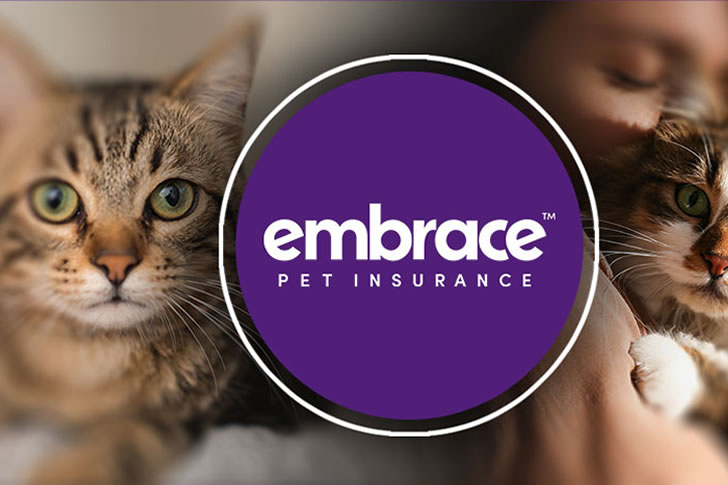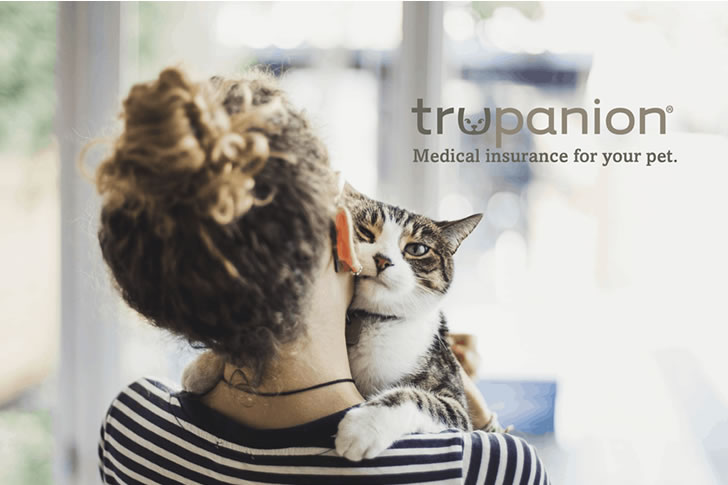Guide to Finding the Best Pet Insurance
Pet insurance helps pet owners veterinary care by providing financial protection and peace of mind. This guide explores the benefits, plan comparisons, quotes, and tips for finding cost-effective and reliable pet insurance options.

What is Pet Insurance?
Pet insurance is a type of health insurance policy designed to cover veterinary expenses incurred by pet owners. These expenses can include routine care, accidents, illnesses, surgeries, and even behavioral therapies. Pet insurance policies typically reimburse a percentage of the vet bill after a deductible is met. The most common types of pet insurance are cat insurance and dog insurance. Cat insurance and dog insurance are both designed to cover veterinary expenses, but they can differ in terms of coverage and cost. Generally, cat insurance tends to be less expensive than dog insurance due to the typically lower veterinary costs associated with cats. Both types of insurance usually offer plans that cover accidents, illnesses, and wellness care. However, breed-specific conditions can affect the premiums; for instance, purebred dogs may have higher premiums due to genetic predispositions to certain health issues. When choosing between cat and dog insurance, it’s essential to consider factors such as the pet’s age, breed, and pre-existing conditions to ensure comprehensive coverage and cost-effectiveness.
Types of Pet Insurance Plans
- Accident-Only Plans: These plans cover injuries resulting from accidents, such as fractures or ingestion of foreign objects. They are generally the most affordable type of pet insurance.
- Accident and Illness Plans: These policies cover both accidents and illnesses, including chronic conditions, infections, and cancer. They offer broader coverage compared to accident-only plans.
- Wellness Plans: These are often add-ons to comprehensive policies and cover routine care such as vaccinations, flea control, and annual check-ups.
Why Buy Pet Insurance?
Financial Security
Veterinary care costs have been steadily increasing. According to the American Pet Products Association (APPA), Americans spent over $31.4 billion on veterinary care and products in 2020. Unexpected veterinary bills can run into thousands of dollars, making pet insurance a worthwhile investment.
Peace of Mind
Pet insurance provides peace of mind knowing that you can afford necessary medical care for your pet without financial strain. This ensures that you won’t have to make difficult decisions based on cost when your pet needs treatment.
Comprehensive Coverage
Many pet insurance plans offer comprehensive coverage, including emergency care, surgeries, prescription medications, and even alternative therapies like acupuncture. This can help manage the financial burden of caring for a pet with a chronic condition or unexpected illness.
Factors to Consider When Choosing Pet Insurance
When choosing pet insurance, it’s important to compare different plans to find one that fits your needs and budget. Here are some key factors to consider:
- Coverage Options: Look for comprehensive coverage that includes accidents, illnesses, chronic conditions, and emergency services.
- Exclusions: Be aware of what is not covered. Pre-existing conditions and specific breed-related issues are commonly excluded.
- Deductibles: This is the amount you pay out-of-pocket before insurance kicks in. A higher deductible can lower your premiums, but you’ll pay more when care is needed.
- Reimbursement Levels: These determine what percentage of the covered costs will be paid by the insurer after you meet your deductible.
- Premium Costs: Compare monthly or annual costs against the coverage provided. Cheaper plans might offer less comprehensive coverage.
- Customer Reviews and Ratings: Look at customer reviews and ratings on websites like Trustpilot, Consumer Affairs, and the Better Business Bureau (BBB) to gauge customer satisfaction and the company’s reliability in processing claims.
2024 Pet Insurance Quotes
| Provider | Plan Type | Coverage Limit | Deductible | Reimbursement | Monthly Premium |
|---|---|---|---|---|---|
| Pets Best | Comprehensive | Unlimited | $250 | 90% | $35 |
| Figo | Ultimate | Unlimited | $500 | 100% | $40 |
| Embrace | Accident & Illness | $15,000 | $300 | 80% | $30 |
| Nationwide | Whole Pet | $10,000 | $250 | 70% | $25 |
| ASPCA | Standard | $5,000 | $200 | 70% | $20 |
| Healthy Paws | No Cap | Unlimited | $250 | 90% | $45 |
| Lemonade | Accident & Illness | $20,000 | $100 | 80% | $18 |
| Trupanion | Medical Insurance | Unlimited | None (Per Incident) | 90% | $60 |
| Pumpkin | Preventative Care | $10,000 | $100 | 80% | $30 |
| MetLife | Comprehensive | $15,000 | $250 | 90% | $35 |
Note that these quotes are examples and can vary based on your pet’s specific circumstances.
Common Questions and Answers
- Q: Is pet insurance worth the cost? A: Yes, especially for pets prone to hereditary conditions or unexpected illnesses.
- Q: Can I use any vet? A: Most insurance plans allow you to use any licensed vet.
- Q: How soon can I use the insurance after signing up? A: There is usually a waiting period ranging from a few days to a month before coverage starts.
How to Find Cheap Pet Insurance
- Compare Multiple Providers: Use comparison websites like PetInsuranceReview.com, PawlicyAdvisor.com, and ConsumersAdvocate.org to compare multiple providers and their plans. This allows you to quickly see which plans offer the best value for your needs.
- Consider Accident-Only Plans: If you’re on a tight budget, accident-only plans are generally cheaper and still provide essential coverage for unexpected injuries.
- Look for Discounts: Some providers offer discounts for multiple pets, military personnel, or annual payments. Check if you qualify for any discounts that can reduce your premiums.
- Choose Higher Deductibles: Opting for a higher deductible can lower your monthly premiums. Just ensure that you can afford the higher out-of-pocket cost if your pet needs treatment.
How to Find the Best Pet Insurance
- Assess Your Pet’s Needs: Consider your pet’s age, breed, and health history. Younger pets generally have lower premiums, while certain breeds may be prone to specific health issues that require comprehensive coverage.
- Read the Fine Print: Understand the terms and conditions of each policy. Pay attention to coverage limits, waiting periods, and exclusions to avoid surprises when filing a claim.
- Check Veterinary Networks: Some pet insurance providers have preferred veterinary networks. Ensure your preferred vet is included in the network to avoid additional out-of-pocket expenses.
- Seek Recommendations: Ask your veterinarian, friends, or family members for recommendations based on their experiences with pet insurance providers. Personal referrals can provide valuable insights.
Pet Insurance Designed For Seniors
Pet insurance designed for senior citizens in the United States offers tailored coverage options to suit the unique needs of older adults and their pets. These plans typically provide affordable premiums and comprehensive coverage, ensuring that seniors can afford veterinary care without financial strain. Many policies cover chronic conditions, medications, and regular wellness visits, which are particularly important for aging pets. Additionally, some insurers offer flexible payment plans and discounts for multiple pets, making it easier for seniors on fixed incomes to manage costs. By choosing the right pet insurance, senior citizens can ensure their beloved companions receive the necessary care while enjoying peace of mind and financial security.
Conclusion
Finding cost-effective pet insurance involves thorough research and comparison. By understanding what pet insurance is, why it’s important, and how to compare different plans, you can make an informed decision that suits your budget and your pet’s needs. Use the tips provided to find affordable and comprehensive coverage, ensuring your pet receives the best possible care without financial strain. With the right pet insurance, you can enjoy peace of mind knowing that your furry friend is protected.
Remember, the best pet insurance for you will depend on your pet’s specific needs and your financial situation. Take the time to compare options and choose a plan that offers the best balance of coverage, cost, and customer satisfaction.
References











Recent Comments